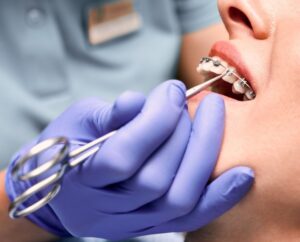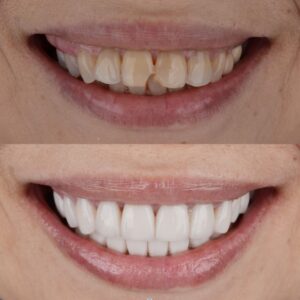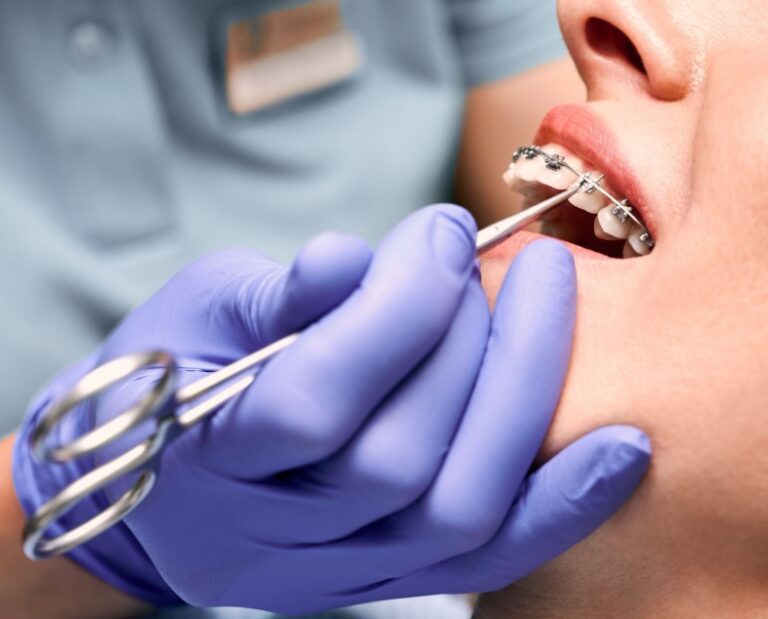Whether you have a dental insurance plan through your employer or provide your own coverage by purchasing coverage from an insurance company, it is sometimes difficult to understand your plan’s terms and the treatments and services it covers. Knowing the commonly used terms can help speed up the process and enable you to get the most out of your coverage.
Annual Maximum
Most plans have a maximum dollar amount that you are provided with each year for dental services. For some programs, this year will run by the calendar (January to December), and for others it may be twelve consecutive months (i.e. April to March the following year). This maximum is on a per person basis, meaning you do not share a maximum with another family member.
If your plan allows a maximum of $1500 per person, per calendar year, you are responsible for any charges above that $1500. Your maximum does not carry over from year to year, and it does not accrue, so keep your maximum in mind.
Pre-Determinations
Pre-determinations, or estimates, are sent to your insurance company by your dental office, listing a proposed treatment, the dental codes and costs, and x-rays if needed. Your insurance company will then determine whether or not a treatment is eligible for reimbursement and how much it will reimburse.
Sending an estimate to your insurance company is an important step. After all, what happens if you go ahead with treatment, only to find out that your plan won’t cover it? Having that information in writing is crucial in your decision making.
Estimates aren’t meant to be roadblocks or to slow down the process. They are there to help you make an informed decision on your dental care. Thanks to modern technology, most estimates can be sent electronically, making the process much faster than it used to be. You can usually get an answer within a week, sometimes even days, and this is all handled by the Front Desk at Burnaby Heights Dental Centre.
Recall Frequency
Your dental insurance plan will cover certain routine services such as scaling, polishing, exams, and x-rays. These procedures are commonly known as “recall” services. Every plan has a limit on the frequency of these procedures, and this may affect both your treatment and finances.
For example, if your plan allows a recall visit every nine months, you will only be reimbursed for the services if they are performed every nine months. If you can’t remember the last time you had a recall visit, you can either check with us at Burnaby Heights Dental Centre or call your insurance provider directly.
Depending on the condition of your oral health, your dentist may request that you come in for recall visits more frequently than the limitations outlined by your plan. You might be able to negotiate more units of scaling if your dentist provides X-rays and a report on your periodontal needs, but this is rare.
Covered Services
Some dental services may be ineligible for coverage under your plan. Most, if not all plans exclude dental implants, for example. If your dentist sends an estimate for anything not covered under your plan, you will have the decision in writing.
There may be different clauses in your plan preventing you from getting the most expensive treatments. Perhaps your dentist wants to give you a bridge, but your plan can only pay for appliances that are replacing teeth that were lost while you were covered under the plan. Or perhaps your dentist wants to try a newer treatment that isn’t yet recognized by private insurance plans.
This brings us back to the need for estimates. If you’re expecting your plan to cover a procedure, it’s a very good idea to get confirmation in writing from your insurance carrier. This is all handled by the Front Desk at Burnaby Heights Dental Centre and whatever is provided under your insurance plan, our promise is to work diligently to give you the maximum benefits from your coverage.



















